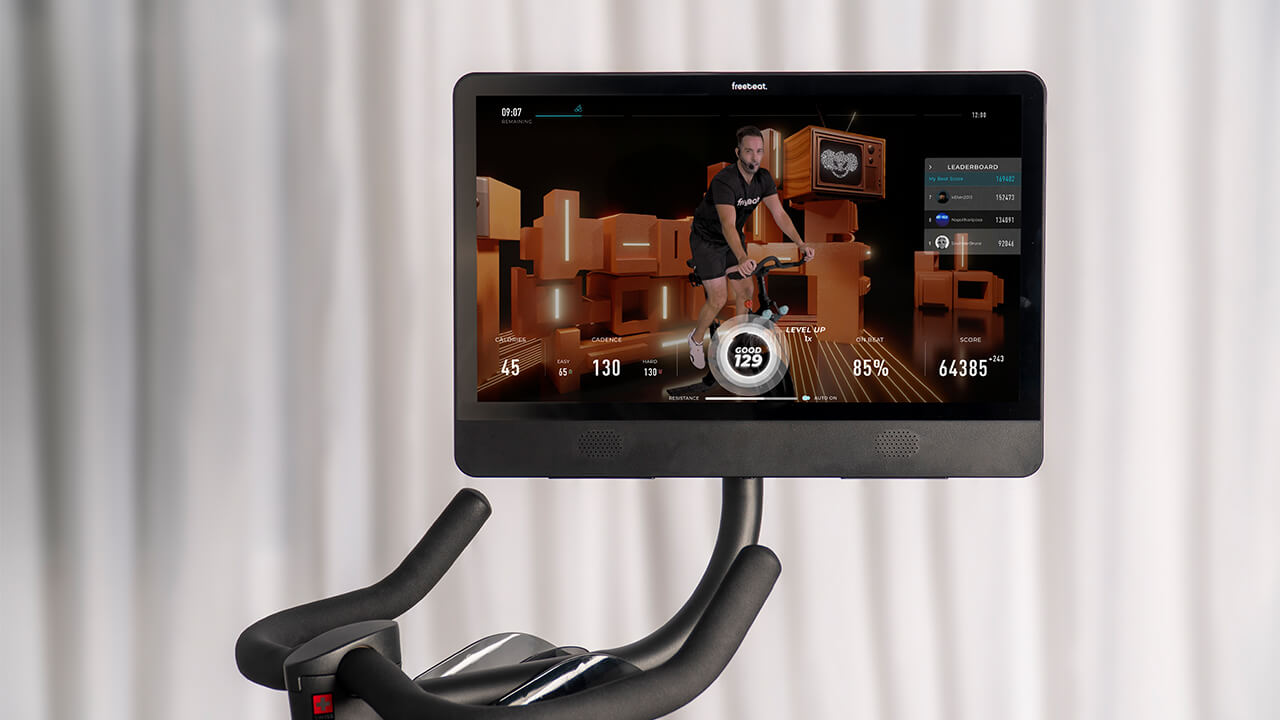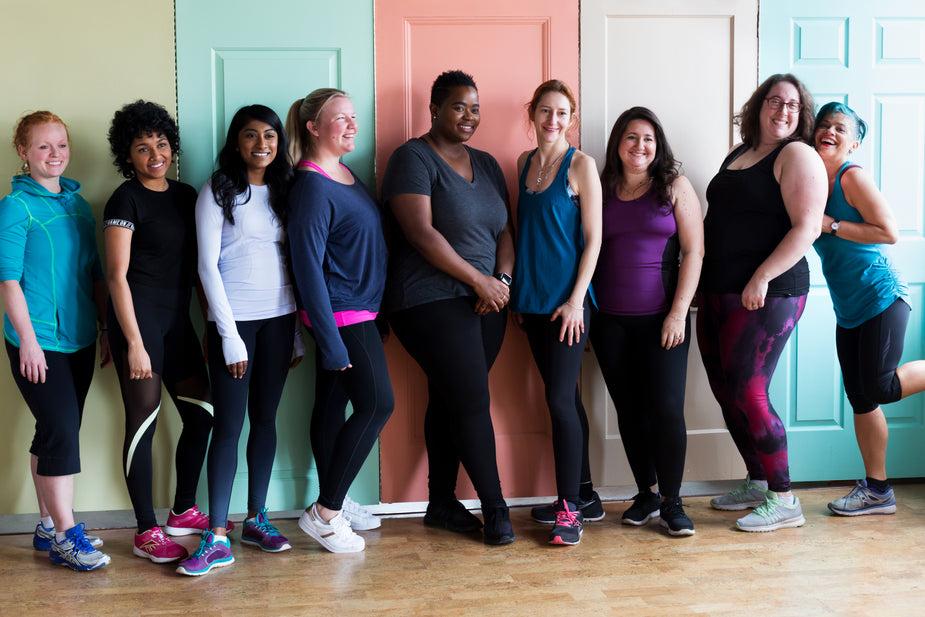Effective Lower Body Workouts with Resistance Bands for Beginners
Resistance bands have transformed home workouts, offering a versatile, affordable, and beginner-friendly way to build strength and tone muscles. Whether you're looking to sculpt your glutes, strengthen your quads, or improve mobility, resistance band exercises can deliver impressive results without the need for bulky gym equipment. By incorporating tools like those offered by freebeat.ai, which leverages AI to personalize fitness routines, beginners can optimize their lower body workouts for efficiency and progress.
Why Resistance Bands Are Perfect for Lower Body Training
Resistance bands are an excellent choice for lower body training due to their adaptability and ease of use. They allow users to perform a wide range of exercises that mimic gym-based movements while being gentler on the body. For beginners, this means a lower risk of injury and the ability to progress at a comfortable pace. Platforms like freebeat.ai enhance this experience by offering AI-driven workout plans that guide users through resistance band exercises tailored to their fitness level, ensuring proper form and progression.
Benefits of Using Resistance Bands for Beginners
-
Low-impact and joint-friendly: Unlike heavy weights, resistance bands provide constant tension without overloading joints, making them ideal for those new to fitness or recovering from injuries.
-
Portable and affordable: Bands are lightweight, easy to store, and cost significantly less than gym memberships or equipment, perfect for home workouts.
-
Versatile for progressive resistance: With varying resistance levels, bands allow beginners to start light and gradually increase intensity as strength improves.
Key Muscles Targeted in Lower Body Workouts
Resistance band exercises effectively target the major muscles of the lower body, including:
-
Glutes: Essential for hip stability and power in movements like squats and bridges.
-
Hamstrings: Support knee flexion and contribute to overall leg strength.
-
Quads: Powerhouses for walking, running, and squatting.
-
Calves: Provide stability and strength for balance and movement.
Getting Started: Choosing the Right Resistance Bands
Selecting the right resistance band is crucial for effective workouts. With freebeat.ai, beginners can access guidance on choosing bands that align with their goals, ensuring they maximize their training potential.
Types of Resistance Bands and Their Uses
-
Loop bands vs. long bands: Loop bands (mini bands) are small, circular bands ideal for glute activation and lateral movements. Long bands, with or without handles, are better for full-body exercises or mimicking weightlifting movements.
-
Fabric vs. latex bands: Fabric bands are durable, non-slip, and comfortable for lower body exercises, while latex bands offer more stretch and versatility but may roll during use.

How to Measure Band Resistance Levels
Resistance bands come in light, medium, and heavy levels. Beginners should start with light to medium bands to master form before progressing to heavier resistance. Freebeat.ai’s AI-driven recommendations can help users select the appropriate band resistance based on their current strength and fitness goals, ensuring a safe and effective workout.
5 Beginner-Friendly Resistance Band Lower Body Workouts
Here are five beginner-friendly exercises to build a strong lower body. These can be enhanced with freebeat.ai’s personalized workout plans, which adjust reps and intensity to suit your progress.
1. Glute Bridge with Resistance Band
-
Targets: Glutes, hamstrings
-
How to: Lie on your back with a loop band around your thighs. Bend your knees, feet flat on the floor. Push through your heels to lift your hips, squeezing your glutes at the top. Lower slowly.
-
Tips: Maintain tension in the band throughout the movement for maximum activation. Perform 3 sets of 12–15 reps.
2. Banded Squats
-
Targets: Quads, glutes
-
How to: Place a loop band above your knees. Stand with feet shoulder-width apart, push your hips back, and lower into a squat while keeping the band taut. Return to standing.
-
Variations: Try pulse squats (small pulses at the bottom) or sumo squats (wider stance) for variety. Aim for 3 sets of 10–12 reps.
-
Freebeat.ai tip: The platform can suggest squat variations based on your progress, ensuring you challenge your muscles effectively.
3. Lateral Band Walks
-
Targets: Glute medius, hip stabilizers
-
How to: Place a loop band around your thighs or ankles. Bend your knees slightly and step sideways, keeping tension in the band. Move 10 steps one way, then return.
-
Ideal for: Warming up and activating the glutes. Do 2–3 sets of 20 steps total.
-
Note: This is a great warm-up to include in freebeat.ai’s dynamic warm-up routines.
4. Standing Kickbacks
-
Targets: Glutes, lower back
-
How to: Anchor a long band to a sturdy object or place a loop band around your ankles. Stand tall and kick one leg back, keeping it straight and controlled. Return slowly.
-
Notes: Focus on control to avoid relying on momentum. Perform 3 sets of 12 reps per leg.
5. Lying Leg Abductions
-
Targets: Outer thighs, glutes
-
How to: Lie on your side with a loop band around your thighs. Lift your top leg against the band’s resistance, then lower slowly. Keep your core engaged.
-
Perfect for: Isolating the hip area. Aim for 3 sets of 15 reps per side.
-
Freebeat.ai tip: Add this to a recovery-focused routine for balanced muscle development.

Creating Your Resistance Band Lower Body Routine
A structured routine is key to seeing results. Freebeat.ai can create a customized weekly plan, adjusting exercises and intensity as you progress.
Suggested Weekly Plan for Beginners
-
Frequency: Aim for 3–4 workouts per week, allowing rest days for recovery.
-
Sets and reps: Start with 2–3 sets of 10–15 reps per exercise. Increase reps or resistance as you gain strength.
-
Sample routine: Combine all five exercises above, starting with lateral band walks as a warm-up, followed by glute bridges, squats, kickbacks, and leg abductions.
Warm-up and Cool-down Tips
-
Dynamic stretching before: Perform leg swings, bodyweight squats, or lateral band walks to activate muscles.
-
Static stretching after: Stretch your glutes, hamstrings, and quads with moves like the pigeon pose or seated hamstring stretch to aid recovery.
Common Mistakes to Avoid in Band Workouts
Avoid these pitfalls to ensure safe and effective workouts:
Using the Wrong Band Resistance
Choosing a band that’s too heavy can compromise form, while one that’s too light may not challenge you. Freebeat.ai’s AI can recommend the right resistance based on your strength level.
Poor Form and Limited Range of Motion
Partial reps or improper posture reduce effectiveness and increase injury risk. Focus on controlled, full-range movements.
Skipping Warm-Up or Activation Exercises
Neglecting warm-ups can lead to muscle strains. Always include dynamic movements like those suggested by freebeat.ai to prepare your body.
FAQs: Resistance Band Training for Lower Body
Can resistance bands really build muscle?
Yes, resistance bands create tension that stimulates muscle growth, especially when paired with progressive overload. Freebeat.ai can help you track progress and increase resistance over time.
How long before I see results in my thighs or glutes?
With consistent workouts (3–4 times weekly), you may notice improved strength in 4–6 weeks and visible toning in 8–12 weeks, depending on diet and consistency.
Is this effective for weight loss or just toning?
Resistance band workouts build muscle, which boosts metabolism and aids weight loss when paired with a calorie deficit. They’re also excellent for toning and shaping.
Final Thoughts: Building a Stronger Lower Body at Home
Resistance band workouts offer a practical, effective way to strengthen and tone your lower body, making them ideal for beginners. By incorporating tools like freebeat.ai, you can access personalized workout plans that evolve with your progress, ensuring you stay motivated and on track. Consistency is key—stick with your routine, focus on proper form, and gradually increase resistance to see lasting results.
Building a stronger lower body doesn’t require a gym or expensive equipment. Resistance bands, combined with the personalized guidance of freebeat.ai, empower beginners to achieve their fitness goals from the comfort of home. Start with the five exercises outlined above, follow the weekly plan, and avoid common mistakes to maximize your results. With dedication, you’ll not only sculpt your glutes, quads, and hamstrings but also build confidence and strength that carry into everyday life. Embrace the journey, and let resistance bands be your gateway to a fitter, stronger you.


















 0% APR financing for 24-month payments.
0% APR financing for 24-month payments.